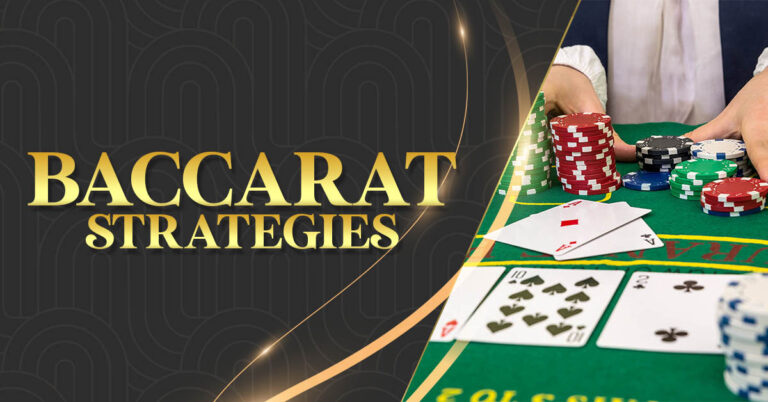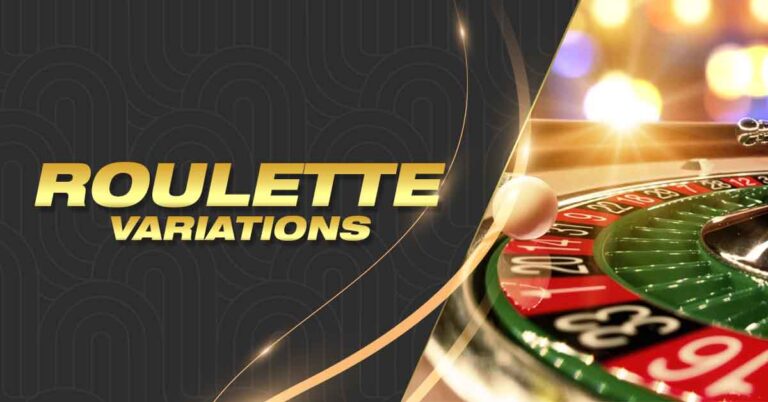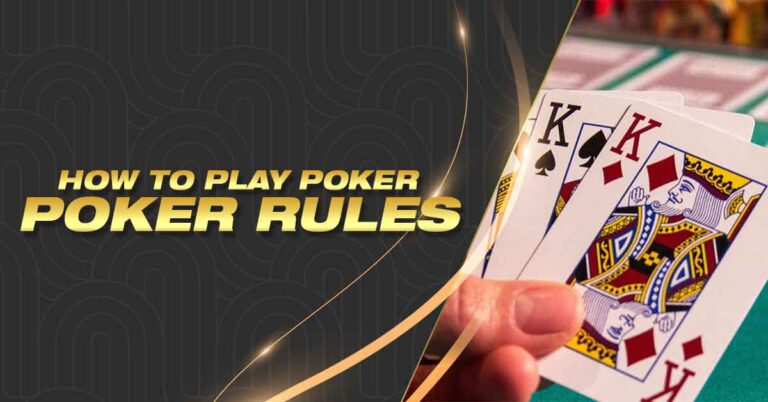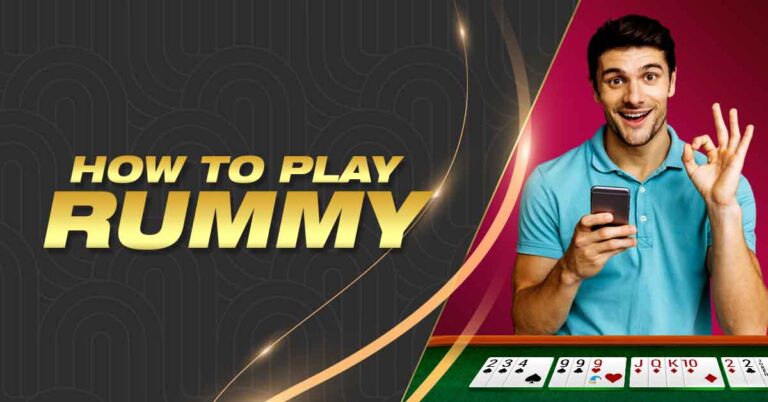A Comprehensive Guide: Understanding the Rummy Rules
Rummy, also known as Rum, is an age-old card-matching pastime designed for 2 to 6 participants, utilizing a standard 52-card deck where Kings hold the highest value and Aces the lowest. The primary goal in Rummy is to accumulate the highest number of points by the conclusion of the game.

Key Terms in Rummy
In the realm of online rummy, the primary objective is to construct sequences, sets, or trails.
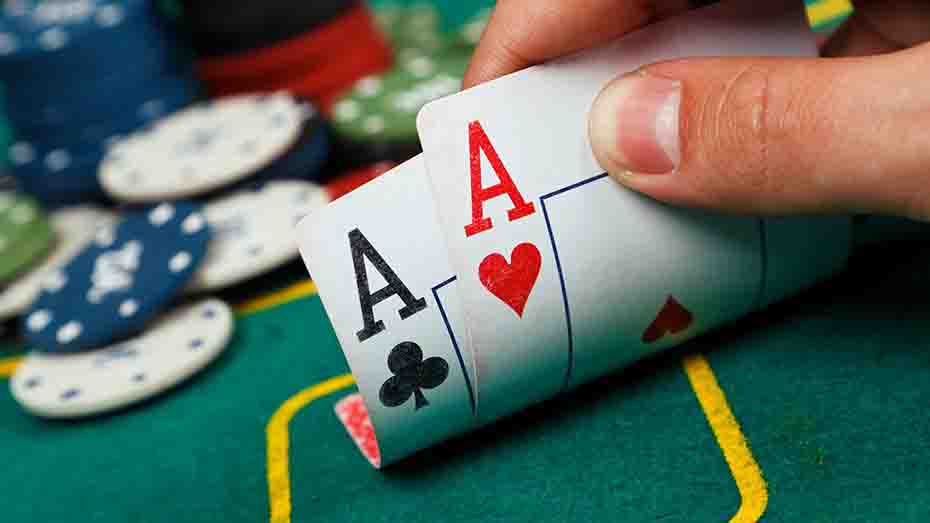
Table
The table, whether physical or virtual, serves as the arena for playing the rummy card game. According to rummy rules, each table accommodates 2 to 6 players.
Deck
Comprising 52 cards and a printed Joker, a deck consists of four sets of 13 cards, representing the suits – Clubs, Hearts, Spades, and Diamonds. These sets encompass Aces, Kings, Queens, Jacks, and cards numbered 2 to 10.
Joker Cards and Wild Cards
Each open deck incorporates a printed Joker Card, and a wild card is chosen randomly after card distribution. Both the joker card and wild card can substitute for a desired card in forming sets and impure sequences. If the open joker is a printed joker, Aces function as wild cards. These cards carry zero points at the game’s conclusion.
Sorting
The act of arranging cards at the game’s outset, after distribution, is termed sorting. Players organize their cards in a specific manner to facilitate the creation of sets and sequences and to avoid card mix-ups.
Rummy Points
Every card in the rummy game carries assigned points. Face cards such as Ace, King, Queen, and Jack hold 10 points each, while other cards carry points corresponding to their numerical value (e.g., 7♦ = 7 points).
Sequence
In rummy, a sequence is a grouping of three or more cards of the same suit arranged in consecutive order. A sequence may manifest as either pure or impure.
Pure Sequence
A sequence devoid of a Joker is considered a pure sequence. However, inclusion of a wild card joker of the same suit maintains the purity of the sequence.
Impure Sequence
Any sequence featuring a joker card is categorized as an impure sequence.
Set
A set consists of three to four cards sharing the same rank but belonging to distinct suits. A wild card or joker can also be employed to form a set.
Drop
Players in a rummy game have the option to drop out at any point, albeit incurring a penalty. The penalties for dropping out at various stages in the game are elucidated in the points calculation section.
Rummy Rules for Card Sequences
When delving into the intricacies of playing rummy, understanding the rules governing rummy card sequences becomes paramount. A rummy card sequence is established by grouping three or more consecutive cards from the same suit. The two primary types of sequences are the pure sequence and the impure sequence. According to the rules of rummy card sequences, every player must create at least one pure sequence to make a valid declaration.

Pure Sequence
A pure sequence is crafted by arranging three or more cards of the same suit in consecutive order. The use of a Joker to form a pure sequence is not permitted. Examples of a pure sequence include:
- A♣️ 2♣️ 3♣️ 4♣️: A pure sequence comprising four consecutive cards of Clubs. No Jokers can replace any of these cards.
- 5♥️ 6♥️ 7♥️: A pure sequence featuring three consecutive cards of Hearts, and no Jokers can substitute any of these cards.
Impure Sequence
An impure sequence is constituted by arranging two or more cards of the same suit in consecutive order, with one or more Jokers used as replacements. Examples of an impure sequence include:
- 10♥️ J♥️ Q♥️ PJ: In this sequence, a printed Joker (PJ) replaces the King of Hearts, rendering it an impure sequence.
- 6♦️ 7♦️ J♠️ 9♦️: Here, the J♠️ card functions as a wild Joker, replacing 8♦️, resulting in an impure sequence.
Creating Sets in Rummy
To form a set in rummy, three or four cards of the same rank but with different suits are grouped together. Players are allowed to utilize wild cards and Jokers as replacements during the set formation process. Here are illustrative examples of valid sets:
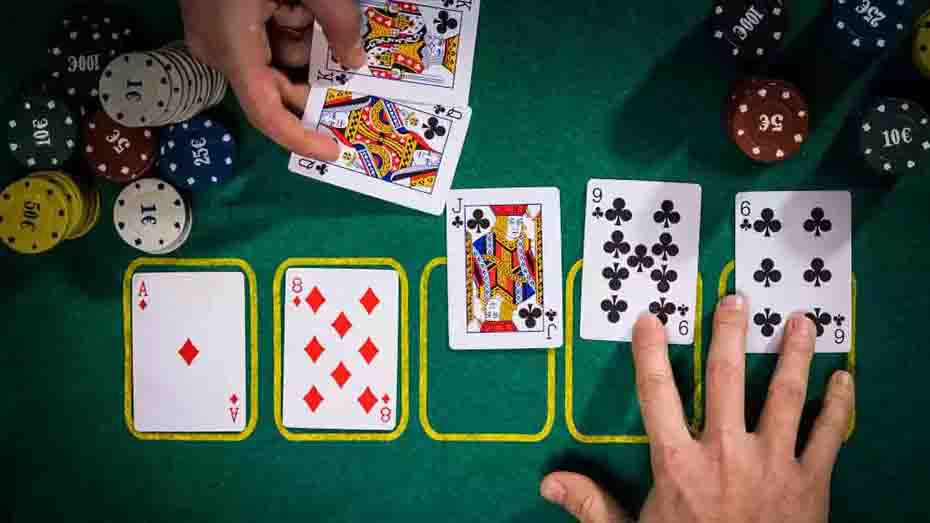
2♥️ 2♠️ 2♣️ 2♦️
This set is established by using 2s from distinct suits, and it does not involve any Jokers.
A♥️ A♣️ A♦️
In this set, three Aces from different suits are combined to create a valid set.
4♦️ 4♣️ 4♠️ PJ
This set is crafted using 4s from diverse suits, with a printed Joker (PJ) substituting for 4♥️.
7♠️ 7♣️ K♥️
This set is formed using 7s from different suits, with K♥️ serving as a wild Joker.
It’s crucial to avoid using two or more cards of the same suit in a set, as this would be deemed an invalid declaration. Additionally, players can incorporate more than four cards, along with a Joker, to create a valid set of five cards.
Examples of Invalid Sets
K♥️ K♥️ K♦️:
This set is considered invalid because it includes two Kings of the same suit.
7♠️ 7♥️ 7♦️ 7♠️ Q♥️
This set is invalid as it contains two 7s of the same suit (Clubs). However, the Q♥️, acting as a wild Joker and constituting the fifth card, does not render the set invalid.
Scoring and Points in Rummy
The scoring system in rummy revolves around the values assigned to unmatched cards, generally determined by the variance in their values. The point values for each card rank are outlined below:
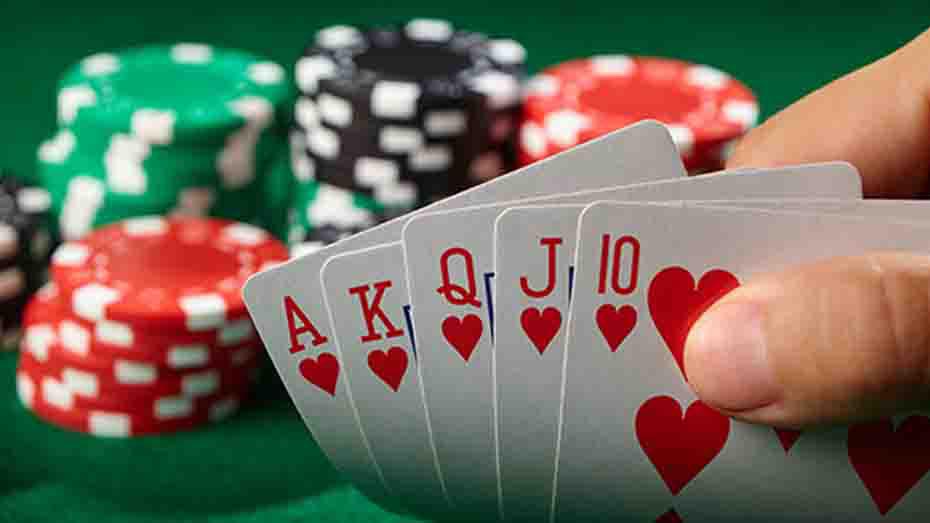
In games where rounds can conclude at any point, the winning player is awarded a score based on the sum of the unmatched cards, with the focus on the differences compared to other players. In such scenarios, participants have the opportunity to seize victory through strategic “Laying Off.”
Most variations of the game conclude when a player achieves a specified point threshold. The conclusion is often triggered when a player accumulates a predetermined number of points, marking the conclusion of the game.
Rummy Strategy Tips
Mastering Rummy involves strategic decision-making, knowing when to conclude rounds, and the art of careful card management. From thoughtful discarding to recognizing the value of sets over runs, these essential tips can elevate your Rummy game and increase your chances of success.
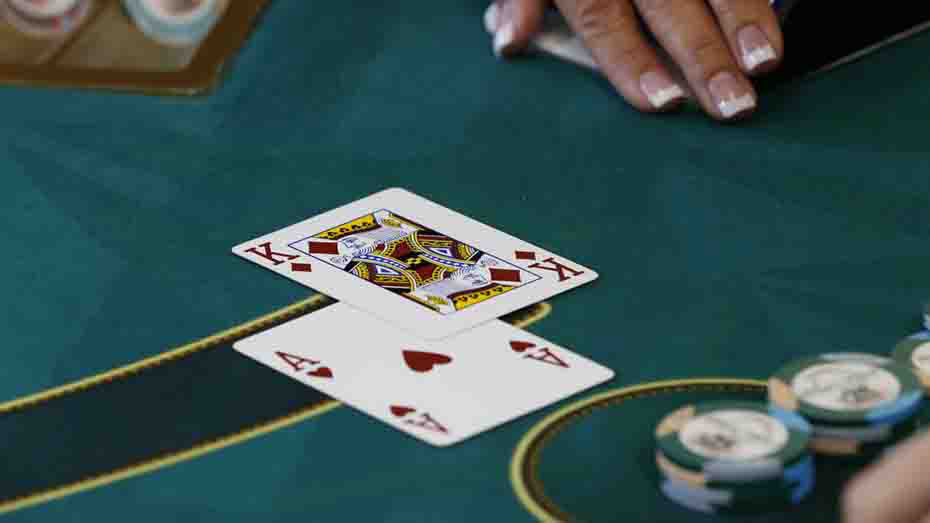
Strategic Round End
Understand when to conclude a round, particularly in variations permitting incomplete hands. Timing is crucial, and ending a round strategically can influence the overall outcome.
Thoughtful Discarding
Exercise caution when discarding cards. A discarded card becomes accessible to other players for completing melds. Keeping valuable cards in hand increases your options for completing melds through laying off.
Discard Pile Draws
Consider drawing from the discard pile as it provides certainty about the card you’re receiving. This informed decision-making can enhance your overall strategy.
Delaying Round End
Avoid ending the round prematurely if you have the option. Enhance your hand by strategically improving it, which can serve as a preventive measure against lay-offs and potential stolen wins.
Counting Cards
Develop the skill of counting cards, as it can be instrumental in various card games, including Rummy. While challenging, counting cards provides valuable insights into the distribution of cards and can contribute to making informed decisions.
Prioritizing Sets Over Runs
Recognize that forming sets is generally easier than runs. Adapt your discarding strategy accordingly, keeping in mind the relative complexity of sets and runs in Rummy.
FAQs
Conclusion
In conclusion, mastering the intricacies of Rummy involves a strategic blend of card management, sequence and set formation, and knowing when to make crucial decisions during the game. By understanding the rules, key terms, and employing effective strategies, players can enhance their Rummy skills and increase their chances of success in this timeless card-matching pastime. Whether playing at a physical or virtual table, the artful balance of skill and strategy adds depth to the enjoyment of this age-old game.


